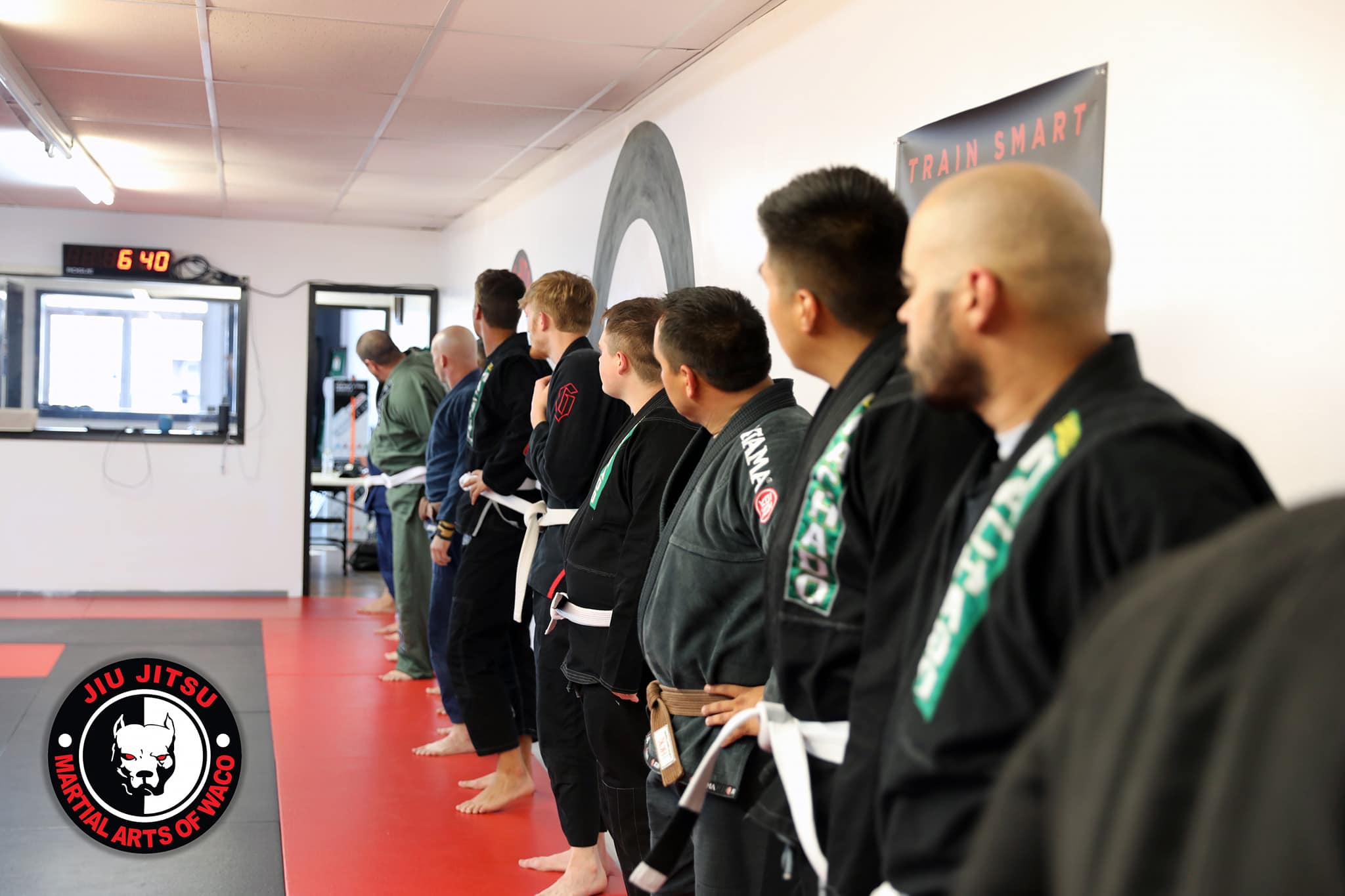A Deep Dive Into the World of Martial Arts
A Deep Dive Into the World of Martial Arts: From Discipline to Combat Sports
Introduction
The world of martial arts is as vast as it is intriguing, offering an array of styles from Karate and Jiu-Jitsu to Kung Fu and Taekwondo. This blog aims to guide you through the captivating tapestry of techniques, philosophies, and disciplines that martial arts encompass. Whether you’re interested in self-defense, aspire to earn a black belt, or just want to understand the martial arts philosophy, this blog is your go-to resource.
The Dojo: More Than Just a Training Hall
Any martial arts journey starts in a dojo, a place where students learn not just techniques but also discipline and self-control under the guidance of a sensei. Whether you’re practicing kata in Karate or working on your takedown and throws in Judo, the dojo serves as a crucible for both physical and mental development.
The Many Styles: Traditional to Modern
Karate and Taekwondo
These traditional martial arts focus heavily on strikes, blocks, and kicks. While Karate originated in Japan and emphasizes various hand techniques, Taekwondo hails from Korea and is famous for its high, fast kicks.
Brazilian Jiu-Jitsu (BJJ) and Judo
Grappling arts like BJJ and Judo specialize in submission holds and throws, respectively. They teach you how to control or subdue an opponent through ground fighting and joint manipulation.
Muay Thai and Kickboxing
These combat sports are renowned for their powerful strikes, including punches, kicks, and elbow strikes. Unlike traditional martial arts, these sports often involve sparring with real opponents to hone your skills.
Mixed Martial Arts (MMA) and Pankration
MMA is a hybrid combat sport that includes elements from boxing, wrestling, and various martial arts. Pankration, one of the oldest combat sports, has similarities to MMA and allows for a broad range of techniques, including ground fighting and strikes.
Martial Arts Weapons and Self-Defense
Some styles, such as Kung Fu and Aikido, incorporate traditional martial arts weapons like nunchaku and bo staff into their training. These styles often focus on self-defense techniques that include counterattacks, blocks, and evasive maneuvers.
The Philosophy and Mindfulness in Martial Arts
Beyond the physical aspects, martial arts offer deep-rooted philosophies. Concepts like Qi (Chi) in Tai Chi or the mental toughness required in Krav Maga and Capoeira extend the benefits of martial arts to emotional and psychological well-being.
The Impact of Masters and Icons
From Bruce Lee’s influence on Wing Chun and Jeet Kune Do to the various unnamed masters who have carried traditional martial arts through history, the impact of these skilled individuals is immeasurable.
Physical Fitness and Belt Ranking
Achieving physical fitness is often a by-product of martial arts training. The journey from a white belt to a black belt in any discipline involves rigorous physical training, sparring, and mastering various techniques, including wrestling takedowns in Sambo or submission holds in Brazilian Jiu-Jitsu.
Martial Arts History and its Evolution
The evolution of martial arts is a fascinating tale that has seen traditional styles like Hapkido and Wing Chun adapt and morph into the modern combat sports and mixed martial arts we see today.
The Importance of Discipline, Self-Control, and Mental Toughness
The discipline acquired from years of martial arts practice extends beyond the dojo into everyday life, teaching invaluable skills of self-control and mental toughness.
Conclusion
Martial arts are more than just a collection of techniques or a means of self-defense; they are a journey towards complete mastery over body and mind. Whether you are a seasoned martial artist or a beginner looking to step into this captivating world, the various styles and philosophies offer something for everyone.
